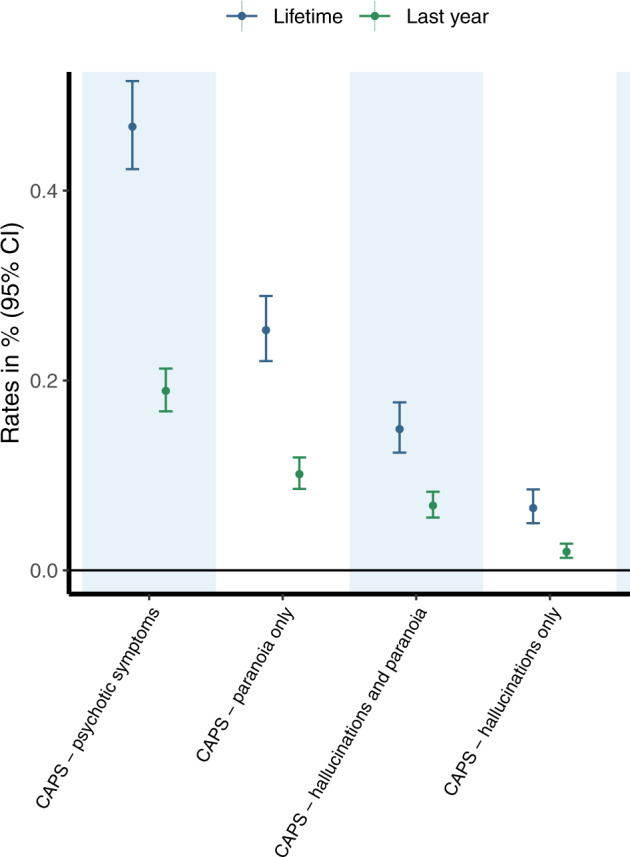Fig. 1. Rates of lifetime and last year cannabis-associated psychotic symptoms (CAPS) requiring emergency medical treatment.

Estimated are rates of cannabis-associated psychotic symptoms (CAPS) resulting in emergency medical treatment in people who use cannabis (PWUC). Rates are plotted separately for lifetime risk of CAPS (n = 85,366, displayed in blue) and last year risk of CAPS (n = 148,109, displayed in green). The legend refers to the different symptom profiles of CAPS leading to emergency medical treatment, including the occurrence of either hallucinations or paranoia (“CAPS—psychotic symptoms”), hallucinations and paranoia (“CAPS—hallucinations and paranoia”), only paranoia but no hallucinations (“CAPS—paranoia only”), or only hallucinations but no paranoia (“CAPS—hallucinations only”). The proportion of PWUC reporting to have sought emergency medical treatment following cannabis use (not limited to psychotic symptoms only) included 1.11% (1.04; 1.19) and 0.59 (0.55; 0.63) in the lifetime and in the last year, respectively. All corresponding estimates are provided in Supplementary Table S3.
